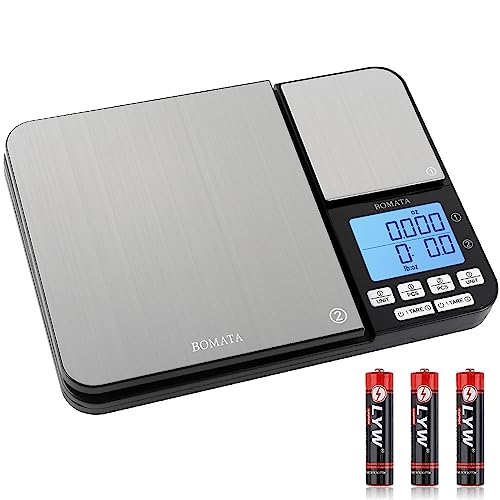I'm so new at making soap, that I have failed twice.
Question: do you need a solid fat (liquified) to make soap?
For testing, my first batch was made with only 100% liquid vegetable oil and lye.
It never trace while using an electric beater for 30 mins. Oil raised on top once I left it alone. Removed the oil and some soap was chunky but very soft (if you can call that soap?)
This was a cold batch with:
8oz 100% vegetable oil
1.25oz lye
3.5oz water
Lye mix and oil was at room temp of 73 degrees.
I tried again as a hot mix of 100 degrees lye mix and oil. Same results happen as above.
I do not have all these fancy fats and oils at this time. So in reading about soap making and watching videos, I see many use olive oil and lye only to make soap.
If anyone has an idea of what I did wrong or a very basic easy recipe, please let me know.
Thank you for your time
FZR
Question: do you need a solid fat (liquified) to make soap?
For testing, my first batch was made with only 100% liquid vegetable oil and lye.
It never trace while using an electric beater for 30 mins. Oil raised on top once I left it alone. Removed the oil and some soap was chunky but very soft (if you can call that soap?)
This was a cold batch with:
8oz 100% vegetable oil
1.25oz lye
3.5oz water
Lye mix and oil was at room temp of 73 degrees.
I tried again as a hot mix of 100 degrees lye mix and oil. Same results happen as above.
I do not have all these fancy fats and oils at this time. So in reading about soap making and watching videos, I see many use olive oil and lye only to make soap.
If anyone has an idea of what I did wrong or a very basic easy recipe, please let me know.
Thank you for your time
FZR















































